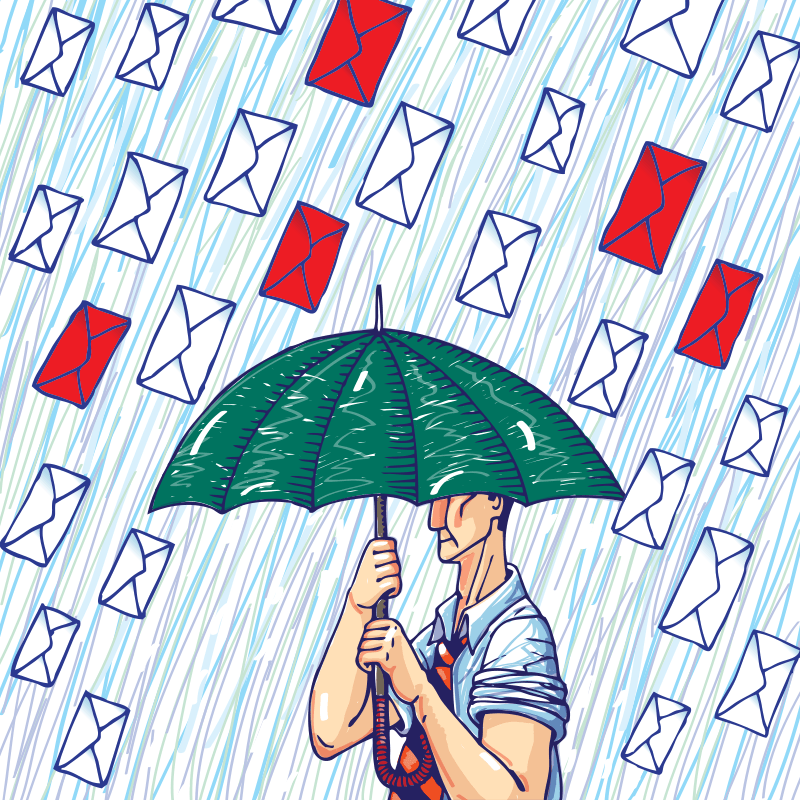Unwanted email has long stopped being just a source of advertising services or products. The time it takes to erase all spam messages from your inbox is not the only drawback of this threat.
The problem of unwanted emails
It’s not a secret that cybercriminals use spam as a channel to spread malware: malicious objects are, as a rule, attached to the message. Spam might also contain a link to malicious web resources serving the ground of a phishing attack or are injected with a malicious code.
That means, once in the inbox, such emails would become an open door for a banking Trojan and, as a result, become a means of stealing money from online banking systems.
It’s rare to find someone who has never encountered any type of spam in their life. Some get regular mails from a dubious sender and some literally bathe in tons of such messages every day. A recent research conducted by Kaspersky Lab in association with B2B International revealed that 64% of respondents consider spam one of the most serious threats.
One should take into consideration that cybercriminals constantly improve their social engineering methods, which are then used to elaborate efficient phishing messages. For instance, our experts have been registering the growth of phishing messages disguised as financial documents. Those could be: traffic fine notifications, bank transfer confirmations, alerts about overdue payments, money transfers, online orders, as well as claims, e-tickets, and the like.
Among such there are faux messages from government agencies, online shops, booking services or airlines. Sometimes culprits take advantage of holidays or major events: for example, last year, scammers used FIFA 2014 World Cup as a bait.
Several reasons why #spam is even worse than you probably think and 5 #tips on how to fight it
Elaborate techniques are used to lure users into a trap: they create an urge to open the message, then open malicious attachments or click on a malicious link included into the body of the mail.
Our experts estimate the share of spam in the email traffic as more than half of the total. With that in mind, and considering the level of skills the scammers employ, technologies able to battle this threat are critical.
Some tips to keep your Inbox clean
In order to withstand the endless flow of unsolicited emails, please follow our simple instructions:
- Keep two email accounts: a ‘public’ one and a ‘secret’ (‘private’) one. Use the latter solely to correspond with the people you know.
- It is highly recommended to use different credentials. And, of course, never use the same password for all accounts: although this tip is not really about battling spam, it will help to avoid certain troubles in an event of malware infection or breach.
- Never cite your ‘private’ email on the Internet and do not use it to register on web resources – this is exactly what your other, ‘public’ email is for.
- If you get a spam message or a mail from an unknown sender in your Inbox, never open attachments or click on links. And do not attempt to reply to such emails.
- Use security solutions which employ advanced anti-spam technologies.
 #tips
#tips




 Tips
Tips